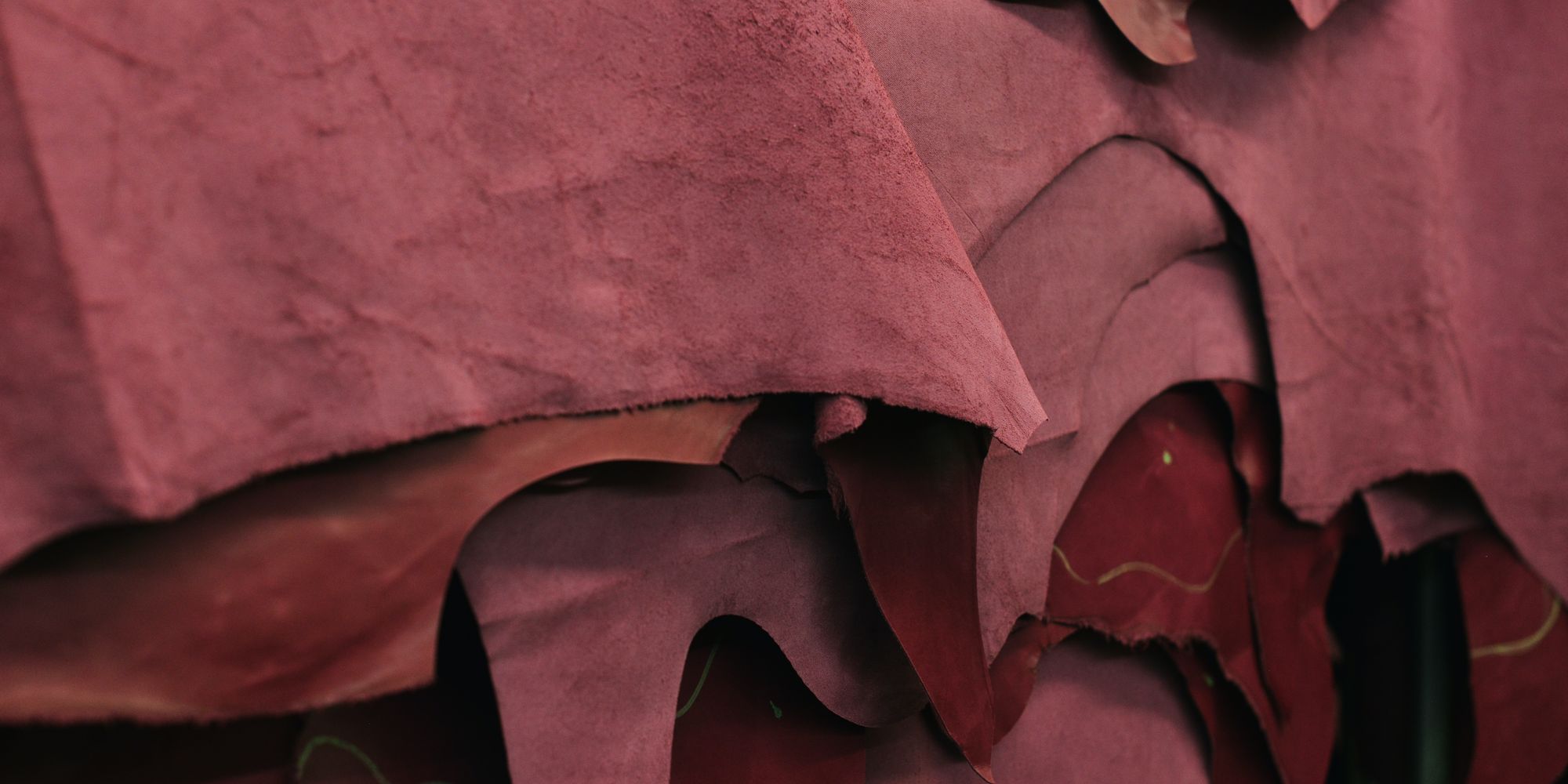Fashion Forward and Cruelty-Free: Exploring the Allure of Animal-Free Leather
Animal-free leather has emerged as a popular choice for environmentally conscious consumers seeking sustainable and ethical fashion options.

Introduction: In recent years, a revolutionary trend has taken the fashion industry by storm—animal-free leather. Also known as synthetic leather or vegan leather, this innovative material aims to replicate the look and feel of real leather while eliminating the use of animal hides. As concerns about animal welfare and environmental sustainability continue to grow, animal-free leather has become a popular choice among conscious consumers. In this blog post, we will delve into the world of animal-free leather, highlighting its benefits, drawbacks, and the exciting developments in sustainable fashion.
The Environmental and Ethical Impact of Traditional Leather Production: The production of animal leather is a complex and resource-intensive process. Raising animals like cows, sheep, and pigs solely for their hides consumes vast amounts of water, energy, and chemicals. This not only places a strain on our planet's resources but also raises ethical concerns regarding the treatment of these animals. Traditional leather production has long been associated with cruel and inhumane practices, prompting a demand for more sustainable and ethical alternatives [source: PETA].
Advantages of Animal-Free Leather:
Sustainability: Animal-free leather is predominantly crafted from synthetic materials such as polyurethane (PU), polyvinyl chloride (PVC), and innovative bio-based substances like cork, mushroom, and pineapple leaves. These materials offer a more sustainable choice as they require fewer resources and emit fewer greenhouse gases compared to traditional leather [source: Fashion Revolution].
Ethical Considerations: By opting for animal-free leather, consumers actively support animal welfare. Traditional leather production often involves the mistreatment of animals, making animal-free leather a compassionate and ethical alternative [source: Humane Society].
Durability and Versatility: Animal-free leather is highly durable, outperforming traditional leather in terms of resistance to stains and cracks. It also boasts enhanced versatility, as it can be manufactured in a wide range of colors and finishes, effectively mimicking various types of leather [source: Good On You].
Challenges and Considerations:
Environmental Impact: Although animal-free leather offers sustainability benefits, it is important to acknowledge potential drawbacks. Synthetic materials used in production may emit harmful chemicals, such as plasticizers, during manufacturing and disposal. Additionally, the decomposition process of animal-free leather can take hundreds of years, leading to long-term environmental consequences [source: Eco Warrior Princess].
Product Durability: Some animal-free leather products may be made with lower-quality materials that degrade more quickly. This can result in increased waste and contribute to environmental harm. However, ongoing research and technological advancements aim to address these issues [source: Green Matters].
The Rise of Animal-Free "Alt Leathers": The fashion industry is witnessing a significant shift towards animal-free leather alternatives. Brands like Lerins, Allbirds, Hermès, Reformation, and Stella McCartney are actively exploring plant-based leather options crafted from unconventional materials such as grape skins, apples, bananas, and pineapples. Furthermore, recent investments by influential figures like Leonardo DiCaprio and fashion powerhouse Kering in lab-grown leather startup VitroLabs indicate a promising future for sustainable and long-lasting alternatives [source: The Guardian].
The Path to Sustainable Fashion: While plant-based leather alternatives still face challenges regarding durability compared to bovine leather, industry players are determined to find more sustainable solutions. Some alternatives utilize polyurethane coatings to enhance durability, although this may impact biodegradability. A collective effort within the fashion industry aims to develop eco-friendly alternatives that prioritize longevity and reduce environmental impact [source: Fashion Revolution].
Conclusion: Animal-free leather has emerged as a popular choice for environmentally conscious consumers seeking sustainable and ethical fashion options. With its durability, versatility, and affordability, animal-free leather offers an appealing alternative

